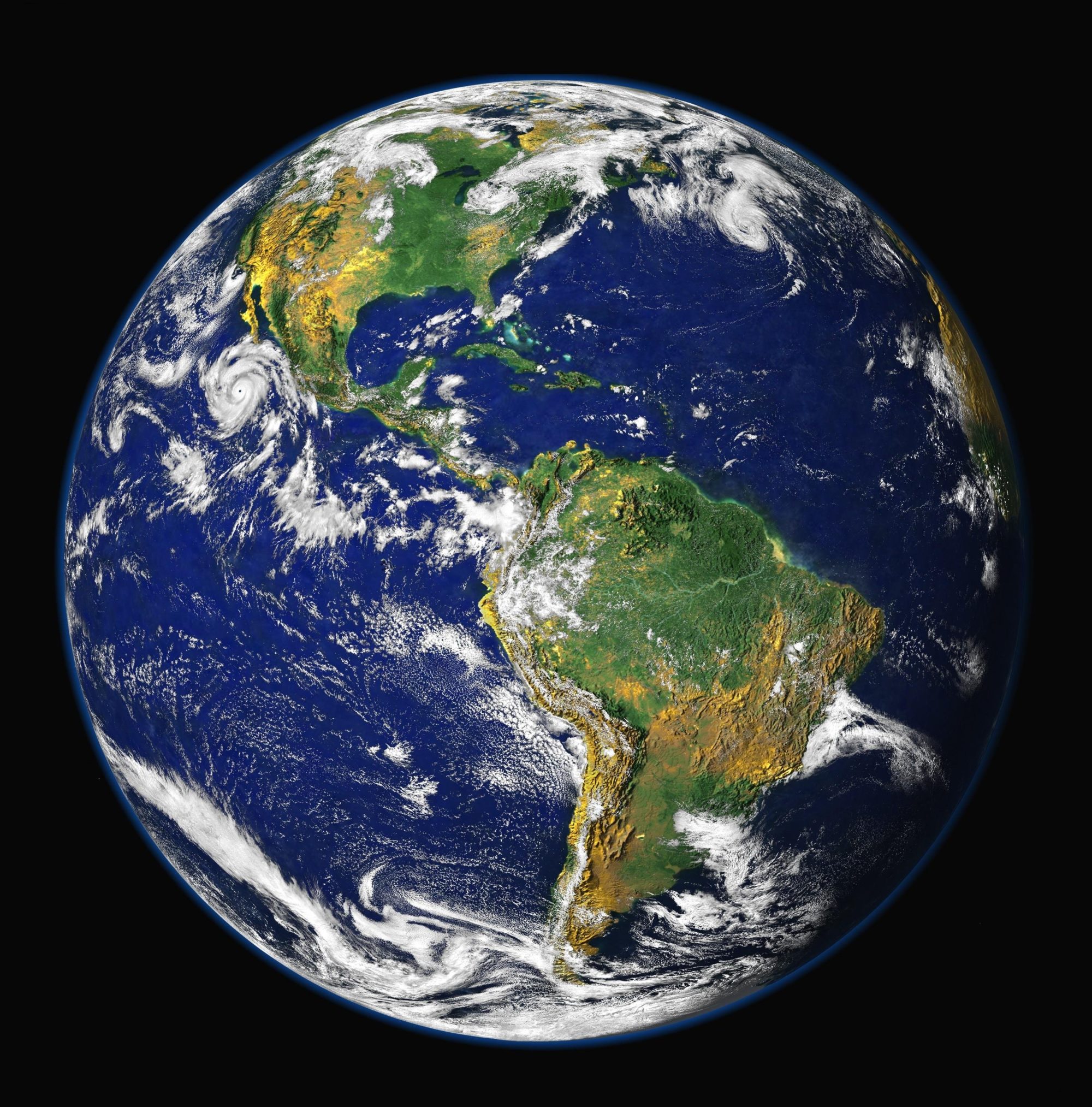Quick facts: Main Bolivian town on Lake Titicaca; GPS: -16.165433, -69.085385; GMT-4; Altitude: 12671′
Copacabana – After coffee, packing and heading out to wait for the Bolivia Hop bus at 07:00 it finally came and we were back on our way to Copacabana. The drive back out of La Paz was long and slow as we wound up the crowded city streets. This time there was more to look at because on the way in it was too dark to see anything.
We arrived back at the Strait of Tiquina after a couple of hours and crossed on a ferry again. While we waited for the bus to cross we had about 15 minutes to find something to eat from one of the street vendors. I got a couple empanadas to try and waited for the bus. We were herded back on the bus and were on our way to Copacabana. After about an hour we arrived at Copacabana and disembarked.
With a little over an hour to kill I went back to the restaurant near the drop off point and had a llama sandwich for an early lunch. At 13:00 the group got together to board the boat for the Isla del Sol tour. The boat ride takes about 1.5 hours to get over to the island so it isn’t a quick ride but it is a scenic trip.
Once we arrived at the island almost everyone got off to do the hike as there wasn’t much else to do for such a short tour. The hike was pretty straightforward but it was nice. About half way through there was a small restaurant where I got a lemonade and relaxed while I enjoyed the view of Lake Titicaca. After the rest stop I continued on with the hike which at this point was all down hill. Luckily at the end I got done right before a mule train was heading up to take supplies to the locals and didn’t have to wait for them to pass. Within 10 minutes or so we were called to board the boat and head back to the main land. The ride back was the same route with not much new to see.
Once we got back to town there was not much time before we had to board the bus and make our way to the border. Fifteen minutes later we were at the border where we had to grab our stuff and go through customs. Once I had my exit stamp, which was much easier to get than the entry stamp, we had to walk over the border to get back into Peru. After everyone had been processed they called our names off to tell us which bus we were supposed to get on since one was heading to Arequipa and one was heading to Cusco (which was mine).
After I got my bus assignment and got my seat we were headed north. Almost three hours later we stopped in Puno. This stop for dinner is a little late in my opinion but there may have been a reason for this even though a later start out of Copacabana seems like it would’ve been a better way to go. I wasn’t really hungry so I skipped dinner and just hung out with a few of the people that were eating.
The guides gave us an hour for dinner which wasn’t enough and along with my group there were quite a few people also not done eating just in the same restaurant by the time we were all supposed to be back at the bus. Needless to say we weren’t at the bus on time. It may have been more like 45 mins later that we were on the road.
I was once again able to get the lower section of the bus which has better seating allowing for more reclining and spacious seats. Even with the additional comfort it still isn’t great and although I was able to fall asleep I can’t say that I slept well.
